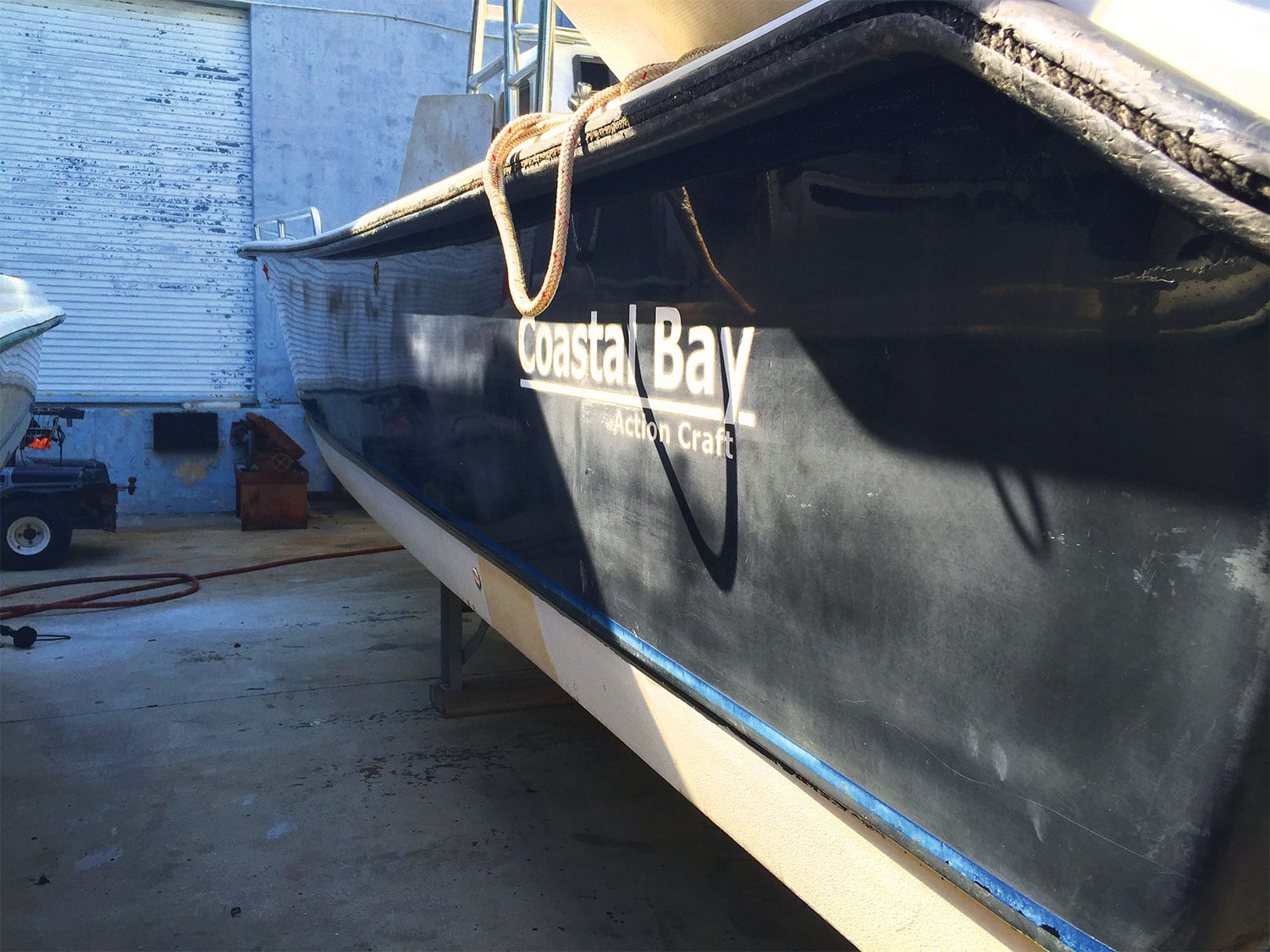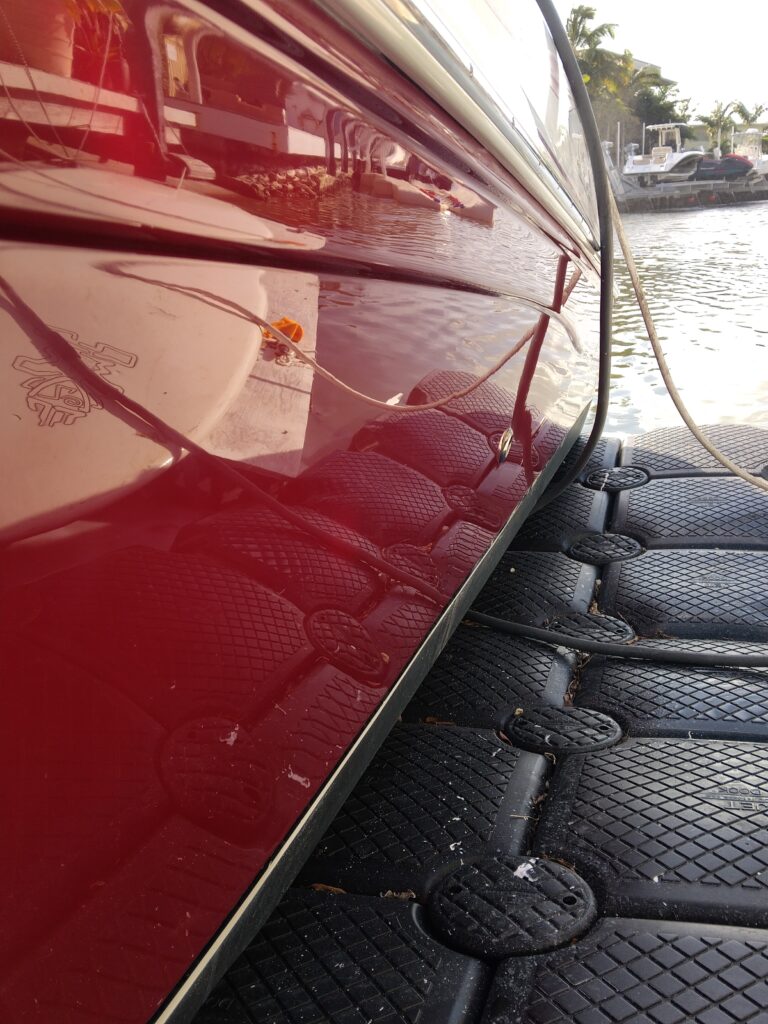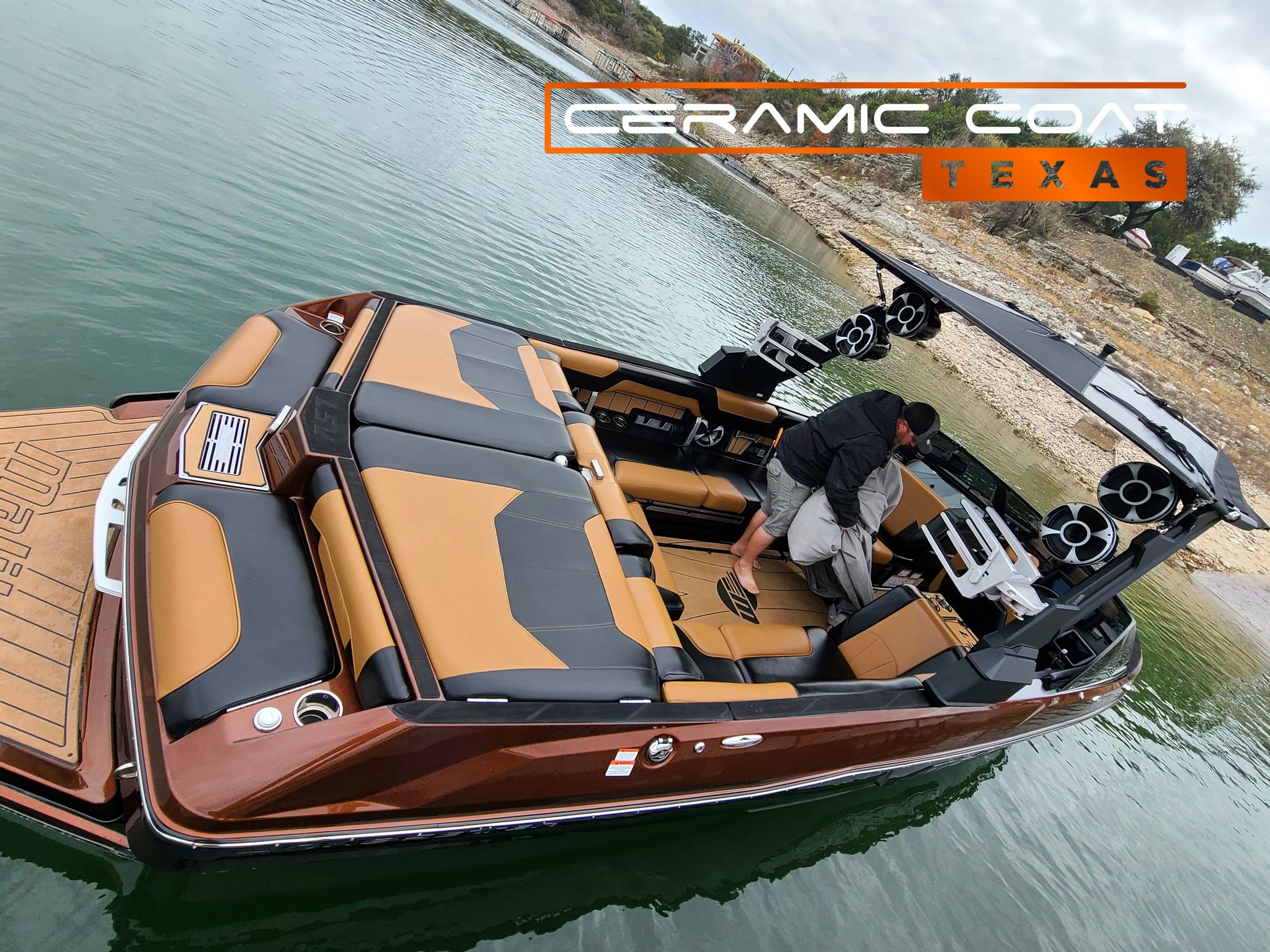The Ultimate Overview to Recognizing Automobile Ceramic Coating and Its Benefits
Auto ceramic finish has arised as a pivotal innovation in auto care, supplying a robust protective layer that boosts both looks and longevity. Comprehending the science behind this innovation, specifically its structure and bonding devices, is necessary for any kind of automobile proprietor considering this investment. The effects may dramatically affect your choice and the supreme security of your lorry.
What Is Ceramic Finishing?
Ceramic coating is a fluid polymer put on the exterior surface areas of an automobile, supplying a resilient safety layer that improves both look and long life. Made up primarily of silicon dioxide (SiO2), this innovative formulation forms a chemical bond with the car's paint, creating a resistant obstacle against ecological impurities.
One of the primary benefits of ceramic layer is its ability to fend off water and dirt, making maintenance dramatically simpler. The hydrophobic homes of the layer reason water to grain up and roll off, taking dirt and gunk with it. This not only maintains the automobile cleaner for longer durations yet likewise reduces the frequency of cleans required.
Additionally, ceramic coverings supply considerable UV security, avoiding oxidation and fading of the paint with time. This feature is essential for maintaining the car's visual allure and resale value. Ceramic layers can protect against small scrapes and swirl marks, providing a level of defense that traditional waxes and sealants can not match.
Just How Ceramic Coating Functions

Upon curing, which can take several hours to days relying on the product, the covering sets right into a versatile, glass-like layer. This layer provides an impermeable barrier versus contaminants such as dust, crud, and environmental toxins - Davinci Detail Boat & Car Ceramic Coating. In addition, the ceramic coating's hydrophobic buildings enable water to bead and roll off the surface area, lowering the build-up of dirt and making cleansing considerably easier

Benefits of Ceramic Coating
The application of ceramic finishings supplies various advantages that prolong beyond simple looks. Ceramic layers develop a hydrophobic surface, pushing back dust, water, and gunk, which makes the vehicle less complicated to maintain and cleanse. Davinci Detail Boat & Car Ceramic Coating.
In addition, ceramic finishings are immune to chemicals and oxidation, safeguarding the car from tree sap, bird droppings, and other corrosive substances. This resistance assists keep the honesty of the lorry's finish, ultimately lengthening its lifespan and resale worth.
In addition, ceramic layers give a glossy look that boosts the automobile's overall look, providing it a showroom-quality luster. The longevity of these layers, commonly lasting a number of years with proper upkeep, also provides a cost-efficient option why not find out more contrasted to conventional shaving or sealants.
Last but not least, the ease of cleaning surfaces treated with ceramic coatings substantially minimizes the time and effort invested in automobile upkeep. With these advantages, ceramic coverings have ended up being a prominent choice for car enthusiasts and everyday chauffeurs alike.
do it yourself vs. Professional Application
Selecting in between DIY and expert application for ceramic coatings includes considering various variables, consisting of ability level, time dedication, and wanted results. A pop over to this site do it yourself approach can be appealing for auto fanatics looking to conserve cash and take part in a hands-on project. Nonetheless, it needs an extensive understanding of the application process, consisting of surface area preparation, product selection, and healing times. Mistakes during application can bring about suboptimal outcomes, such as unequal insurance coverage or insufficient bonding (Davinci Detail Boat & Car Ceramic Coating).
On the various other hand, specialist application makes certain a high-quality finish and longevity. Specialists have the experience and specialized tools required to prepare the car and use the finishing appropriately. They can additionally resolve and determine surface flaws that may impact the layer's efficiency, which an inexperienced eye might neglect.
Furthermore, the moment dedication for a DIY task can be considerable, as correct application is labor-intensive and needs persistence to accomplish ideal outcomes. On the other hand, an expert service typically finishes the job much more effectively, permitting you to appreciate the advantages of ceramic layer faster. Ultimately, the choice needs to straighten with your convenience level, budget, and the relevance you position on achieving a remarkable finish.
Upkeep Tips for Ceramic Coating
Appropriate upkeep of ceramic finishing is essential to protect its Davinci Detail Boat & Car Ceramic Coating safety top qualities and aesthetic charm. Stay clear of automated cars and truck washes with severe brushes that can weaken the covering over time.
After washing, it is suggested to dry out the lorry with a clean microfiber towel to prevent water spots. Furthermore, think about carrying out a maintenance clean every few weeks, depending on ecological problems, to eliminate impurities like dust, bird droppings, and tree sap that can bond to the surface area.
Applying a ceramic coating-specific booster or spray sealer can boost the layer's hydrophobic residential properties and keep its gloss. It is also essential to avoid using unpleasant cleansers or waxes that may jeopardize the covering's effectiveness.
Last but not least, perform regular evaluations for any type of signs of degradation or damage. An expert detailer can assess the situation and advise proper rehabilitative actions if the layer shows signs of wear. Complying with these upkeep suggestions will certainly guarantee your ceramic layer continues to be effective and maintains your lorry looking pristine.

Conclusion
To conclude, cars and truck ceramic finish functions as an advanced protective option for lorry outsides, supplying significant advantages such as improved toughness, resistance to environmental contaminants, and streamlined upkeep. The application procedure, whether performed by specialists or as a do it yourself task, plays a critical duty in accomplishing ideal outcomes. Regular upkeep additionally guarantees the longevity and performance of the coating. Eventually, ceramic finishing provides a valuable financial investment in preserving the structural and aesthetic honesty of lorries gradually.
A ceramic coating jobs by making use of a complex chemical process that involves bonding with the automobile's paint at a molecular level. Ceramic coverings produce a hydrophobic surface area, repelling dust, grime, and water, which makes the vehicle much easier to preserve and clean up. Adhering to these upkeep pointers will certainly ensure your ceramic finish stays reliable and keeps your lorry looking pristine.
In final thought, car ceramic covering offers as a sophisticated safety solution for vehicle exteriors, supplying considerable advantages such as boosted durability, resistance to environmental pollutants, and streamlined maintenance. Inevitably, ceramic finishing gives a beneficial investment in protecting the visual and architectural stability of vehicles over time.